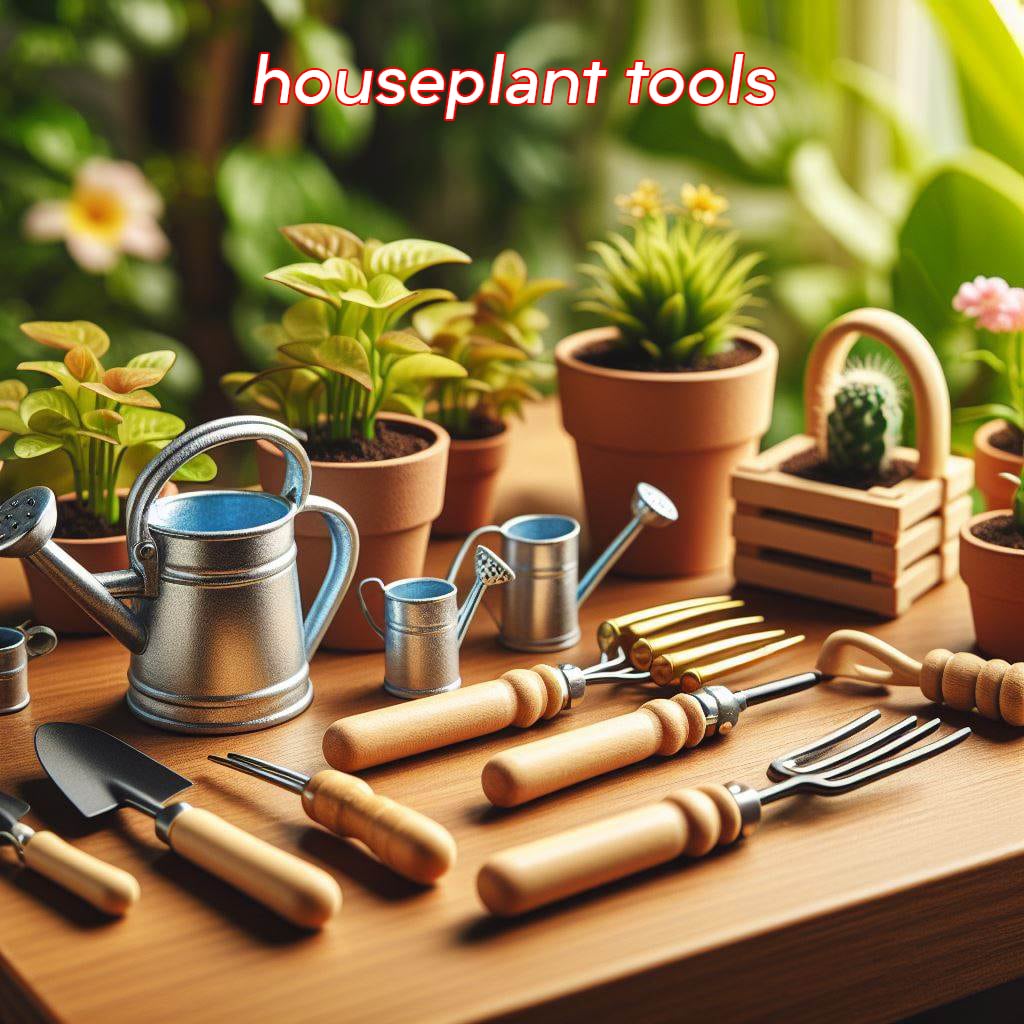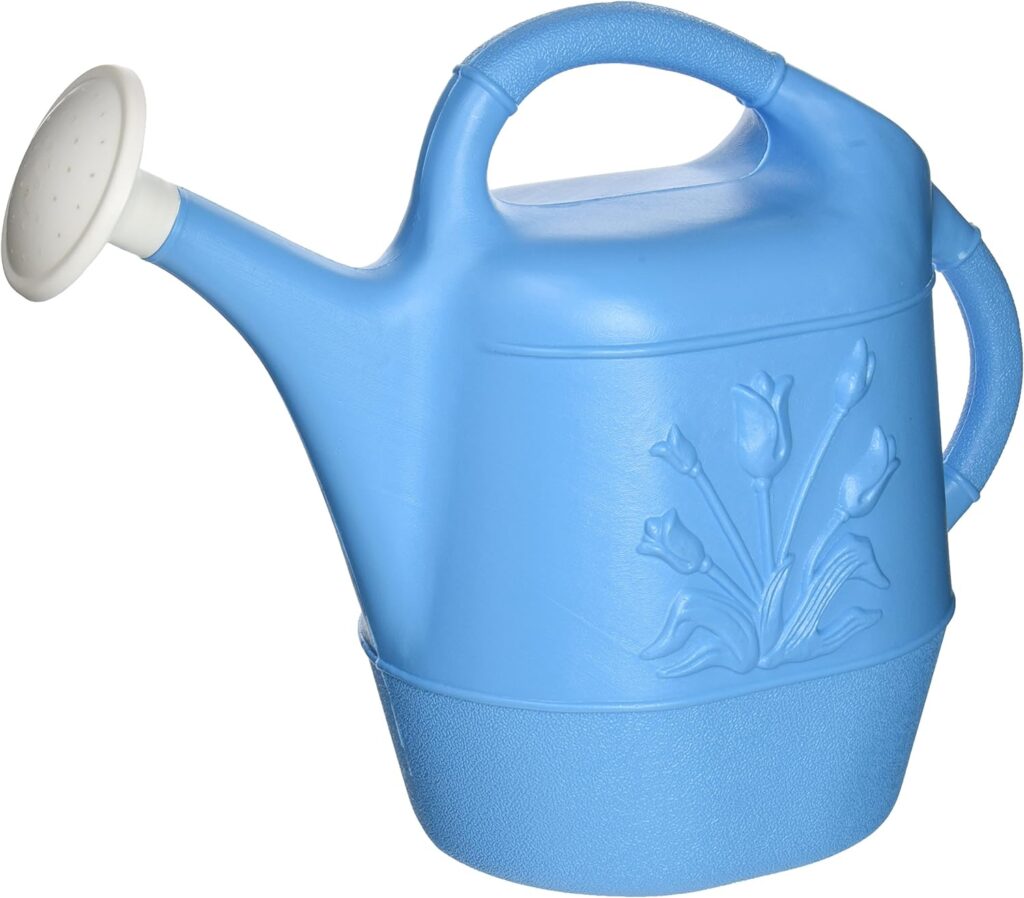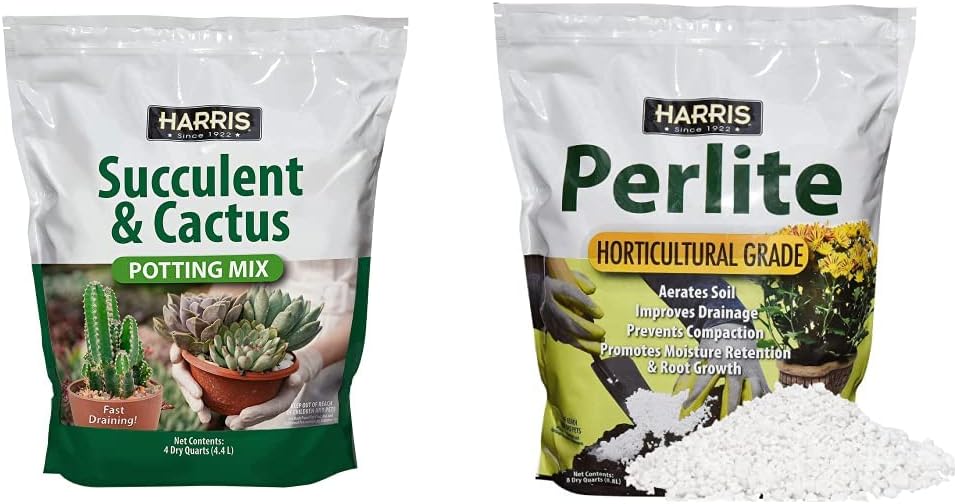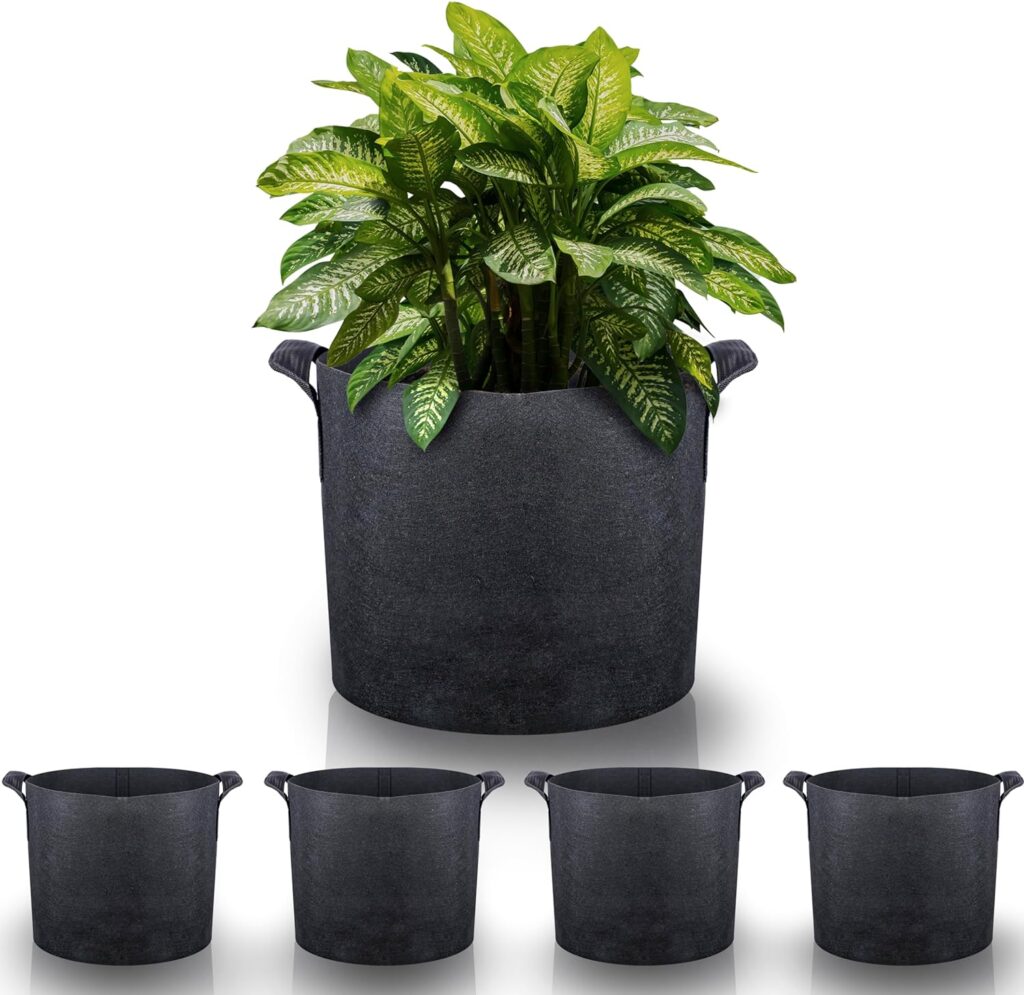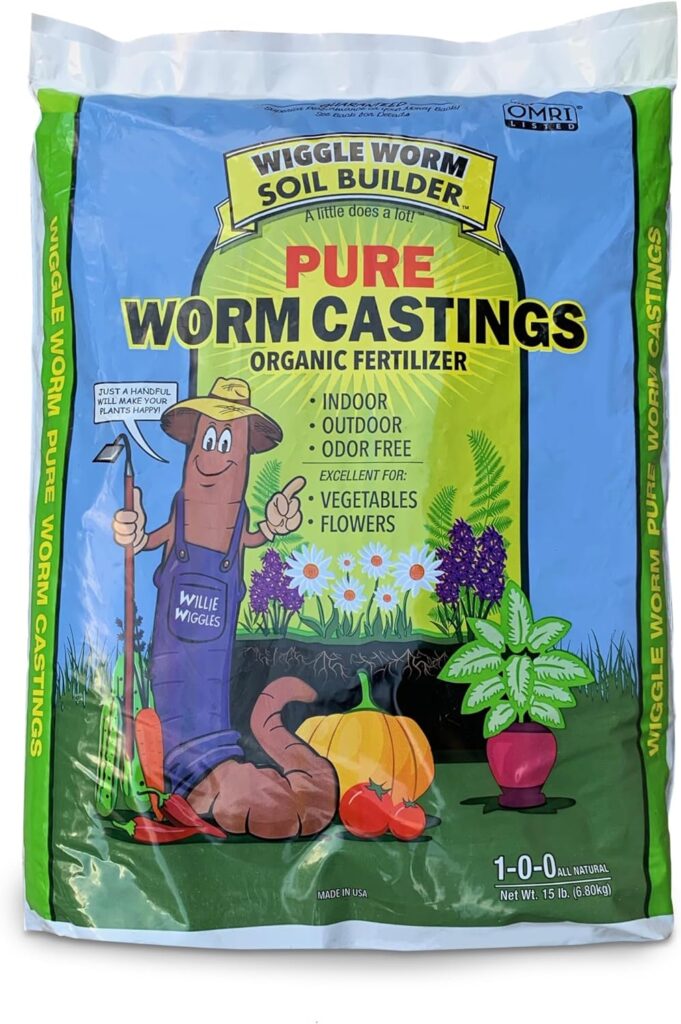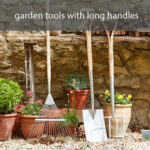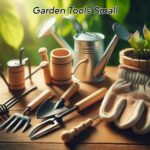


houseplant tools
We at “apartmentflowers” share our experience of the struggle to keep houseplants alive and thriving. We believe that having the right tools and knowledge can contribute to the health and vitality of plants. In this article, we’ve outlined essential items that every houseplant owner needs, as well as items that may make plant care easier or are required for a specific type of plant.
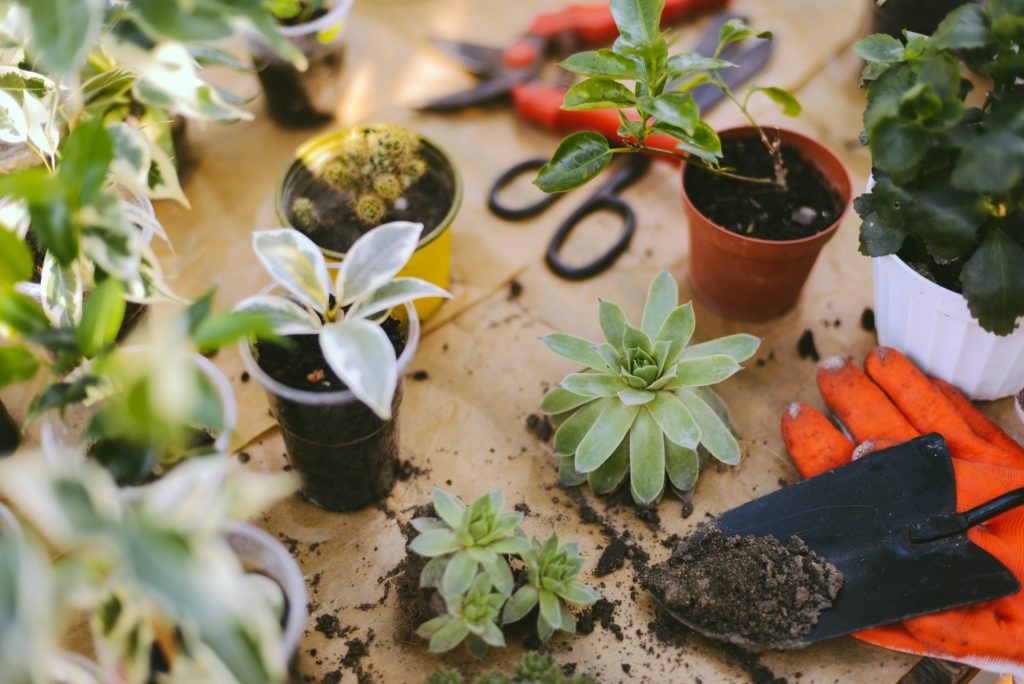
The Must-Have Essentials in houseplant tools
Watering Can
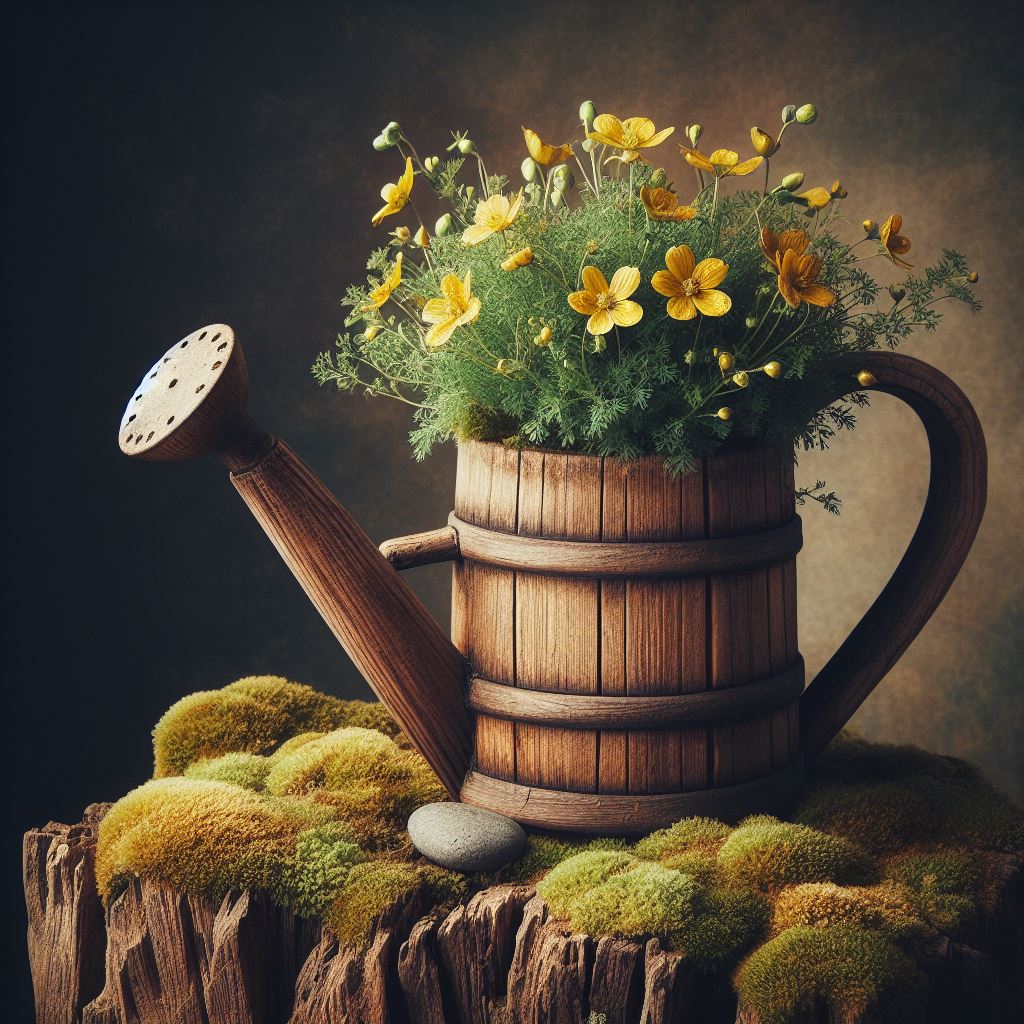
Indoor plants should be watered from the crown or base under the leaves, using a smaller watering can with a long and narrow gooseneck style spout for smooth and precise water flow. You can find watering cans at thrift stores or use a sports squeeze water bottle for a cost-effective hobby. Avoid big cans with sprinkler heads.
Gloves

For repotting, it’s essential to have a good pair of gardening gloves, especially knit ones with a nitrile grip, as they don’t need to be rugged for heavy-duty tasks like dealing with tough weeds. Store them in a container of potting soil for easy access.
Potting Mix

Keep potting mix on hand for root bound plants that need repotted during regular watering or feeding. A plastic tote is ideal for storing the mix, and Miracle-Gro Potting Mix is a common choice. A large yellow bag of this mix is sufficient for most propagating activities. Keeping it dry is crucial for plant care.
Pots and Planters
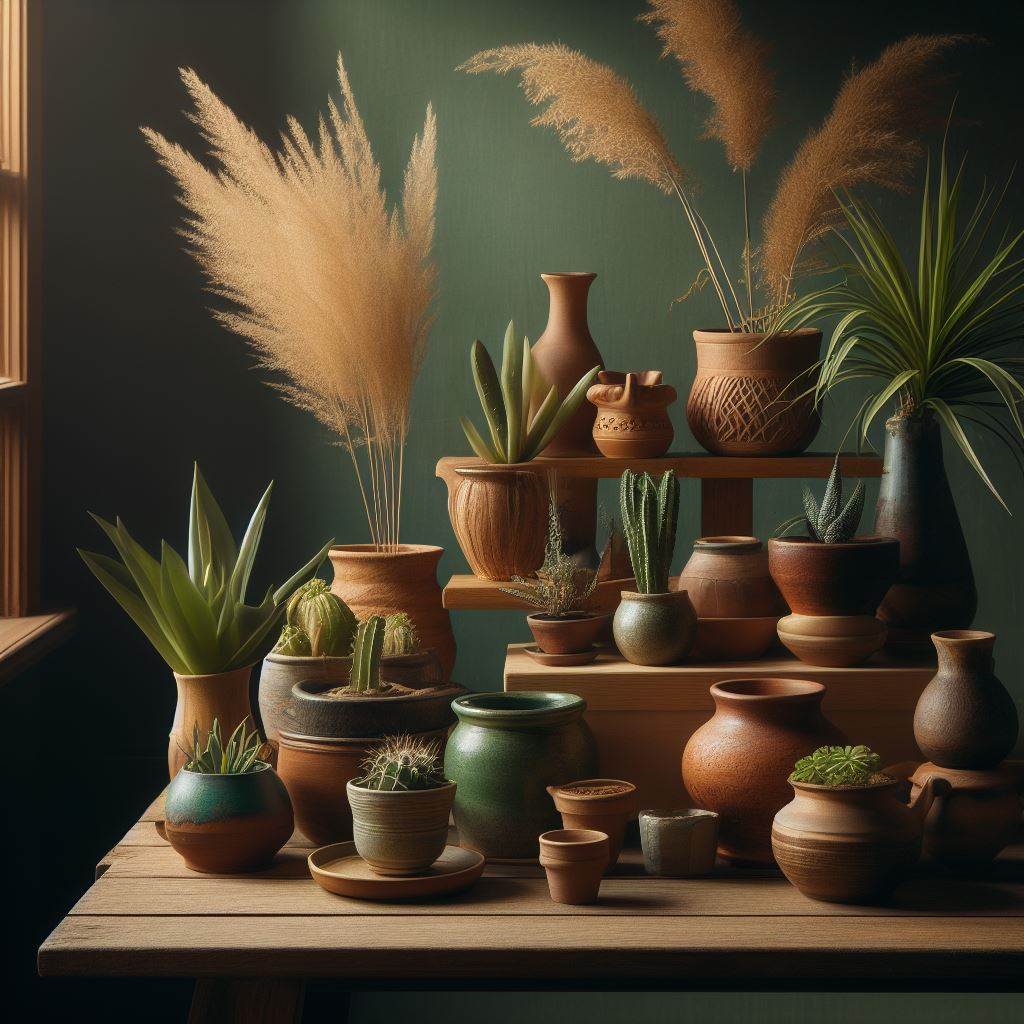
Keep a few planters on hand for repotting or when you need a new plant. Avoid buying new pots and find great ones at thrift stores, yard sales, or Craigslist. Kitsch planters are great for dressing up plain plants, but terracotta is always a classic choice. Find great planters at thrift stores, yard sales, or Craigslist.
Spray Bottle or Plant Mister

House plants native to tropical regions thrive in humid environments. To increase humidity, keep a fine-mist spray bottle of water on hand. Mist leaves first thing in the morning to allow leaves to dry before cooler nighttime temperatures. Old bulb-style plant misters are aesthetically pleasing and have a better pump action than plastic ones. Ensure the pump is made of metal, as plastic pumps tend to break. Vintage plant misters can be found on eBay or Etsy.
Pebble Trays

Pebble trays and pie plates are simple ways to increase moisture in plants. These shallow dishes, like plastic plant drip trays or pie plates, can be filled with pea gravel, aquarium stones, or decorative marbles. The dish should be a few inches wider than the pot, and the plate should be filled with water just below the stones’ tops. The planter should not be sitting in water when set on the pebbles. Group other plants around the tray to share the extra humidity benefits.
Waterproof pads/drip trays to protect furniture

The speaker admits to being the reason they can’t have nice things, as they have damaged furniture by placing plants on it. To keep furniture stain-free and plants happy, they recommend using a cork mat with plastic backing. These mats can protect furniture from water stains and scratches from rough planter bottoms. They purchased several packs of cork plant coasters from Amazon.
House Plant Fertilizer
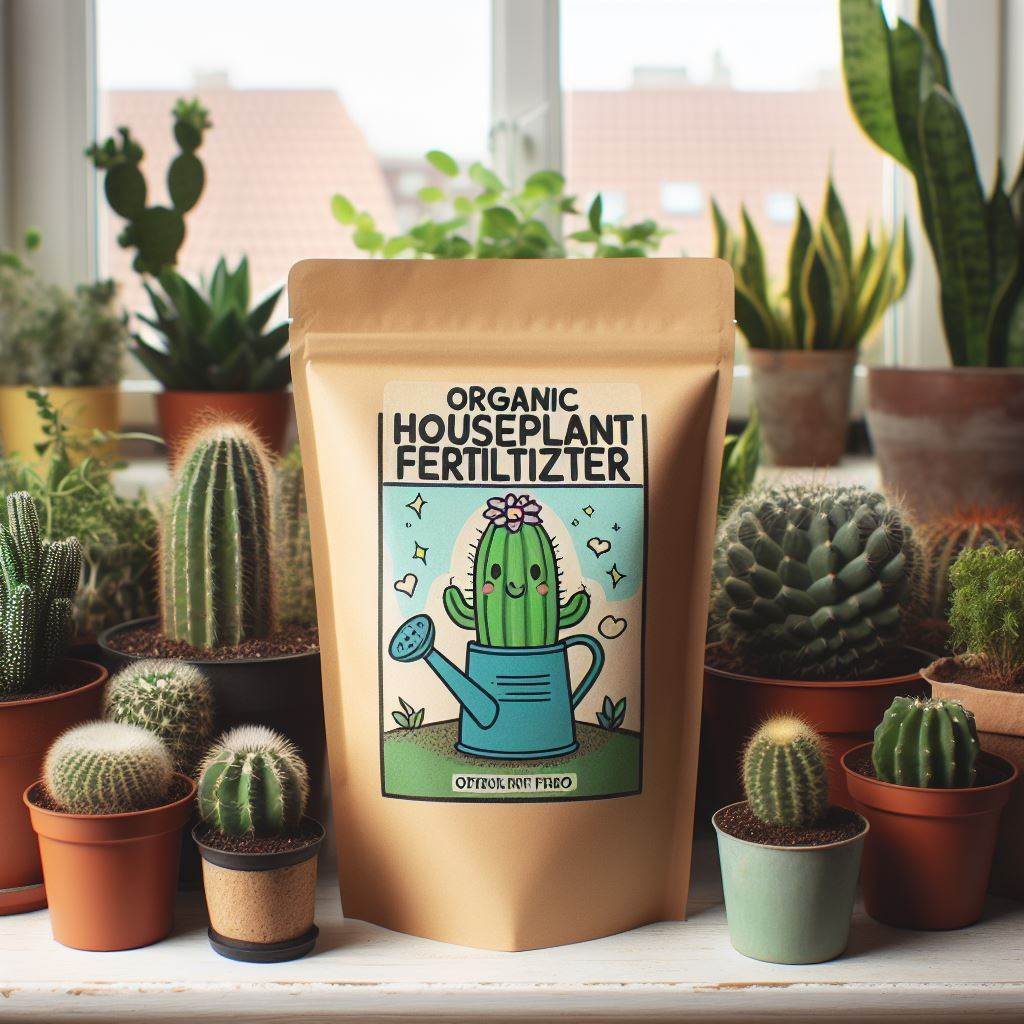
Keep an all-purpose plant food on hand for optimal plant health. Fertilize plants with a ¼ strength fertilizer every watering, and once a month, water with plain water to flush out salt buildup. Schultz All Purpose plant fertilizer is a personal favorite and a great option to reduce single-use plastic. One bottle lasts forever, making it a great choice for regular fertilization.
Conclusion
1. Peat Moss, Vermiculite, Perlite, Worm Castings, and Bark Chips: These items allow you to blend custom potting soil for each plant’s needs. Keep a bag of each in a sealed 5-gallon bucket so you can mix them right in the bottom of the bucket.2. Soil Moisture Meter: A soil moisture meter is essential for accurate watering, as it measures moisture down at the root level, which can help prevent root rot and other problems. It also monitors pH and light levels.
3. Watering Globes: These tools are useful for plants that prefer slightly moist soil, such as divas or marantas. They allow you to be forgetful or take trips without losing a plant. They come in different shapes and are great gifts for plant lovers.
4. Gardening Scissors: Having a dedicated pair of scissors for your plants reduces the risk of spreading disease and makes trimming bushy plants easier. Traditional bonsai scissors are popular, but cheap pruning snips are also reliable.
5. Propagation Containers: Once you start growing house plants, you realize you have more free plants growing right at your fingertips. A standard propagation method is to put a stem in water to produce roots, but I prefer to propagate in water as it allows me to see the roots developing. I choose containers with a narrow opening to prevent cutting from slipping under the water.

